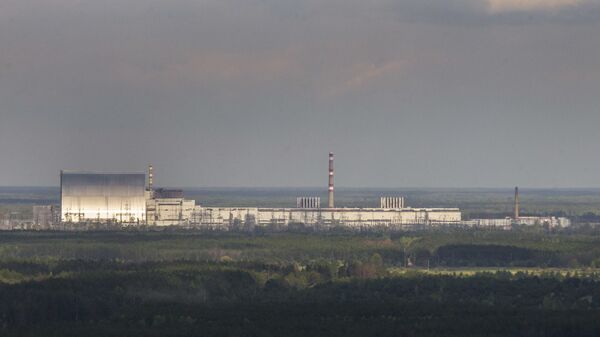As Ukraine successfully inaugurated its new confinement dome which was designed to cover the crippled Chernobyl Nuclear Power Plant and help transform the site of one of the worst nuclear disasters "into an environmentally safe and secure state," it appears that the massive concrete structure that was erected by the Soviet authorities over the damaged reactor in the aftermath of the tragedy, may be on its last legs.
As SSE Chernobyl NPP, the Ukrainian state organisation in charge of managing the site explained in an online statement, the probability of some of the sarcophagus’ elements collapsing was deemed "very high", and "following the stabilisation actions taken in 2008, the maximum end-of-service-life deadline of the stabilised structures was specified as late 2023."
The organisation also pointed out that the company performing the dismantling process would have to simultaneously dismantle and reinforce the sarcophagus as removing too many of its parts at once might cause the structure to collapse, potentially releasing "large amounts of radioactive materials inside the inner space of New Safe Confinement arch."
The $78 million contract for dismantling the sarcophagus was signed on 29 July.
The Chernobyl disaster, considered to be one of the worst nuclear accidents in history, occurred on 26 April 1986. The subsequent contamination led to nearly 8.4 million residents of modern-day Belarus, Ukraine and Russia being exposed to high levels of radiation, while over 400,000 people were forced to evacuate the most polluted areas.
Recently, public interest in Chernobyl has been rekindled following the release of a critically acclaimed HBO series about the tragedy, with tourists flocking to the irradiated disaster area in droves.


